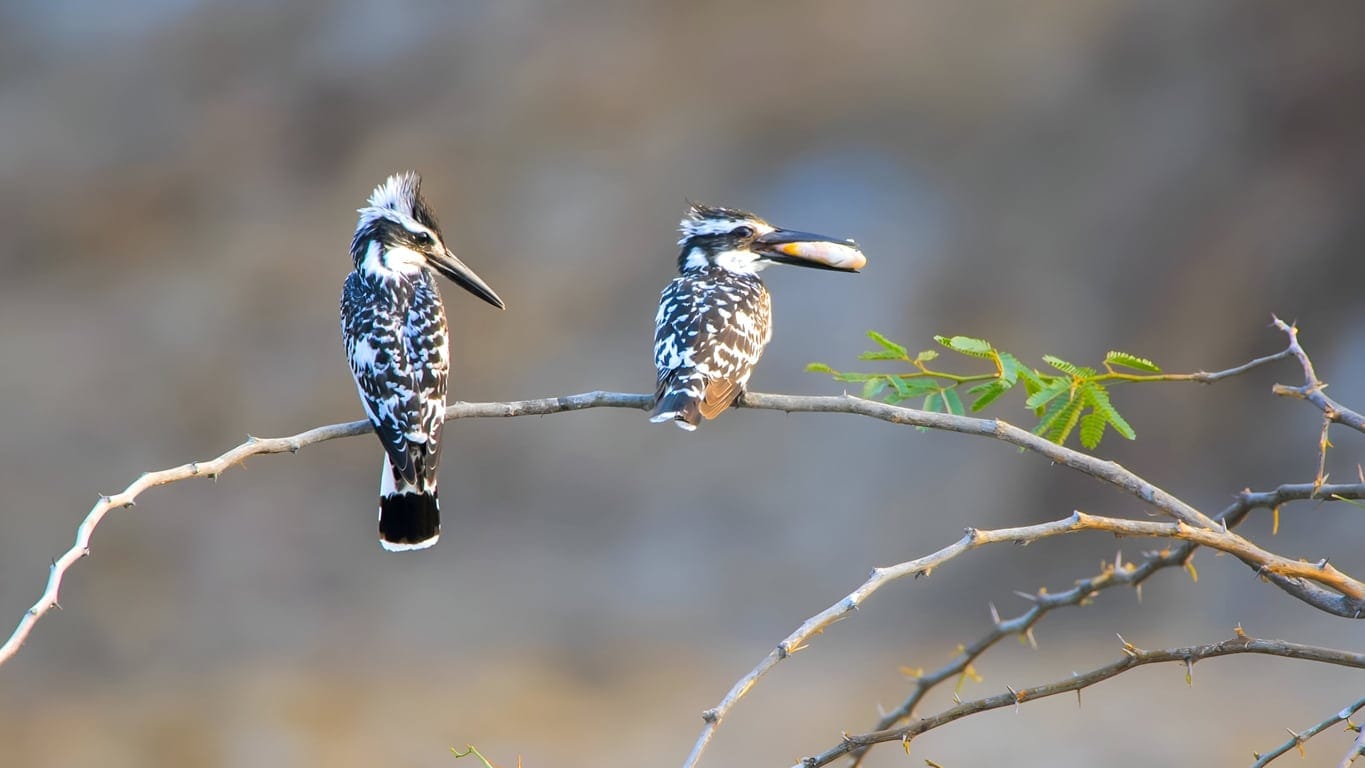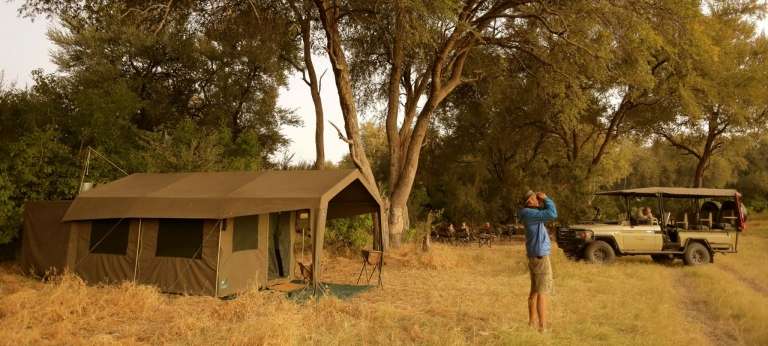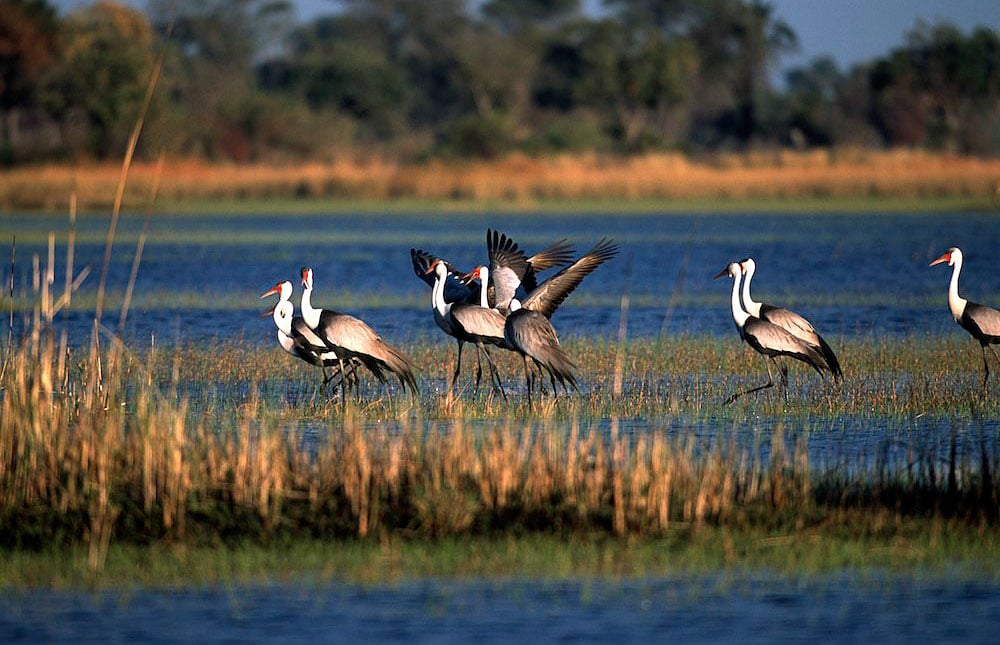With hundreds of bird species, including migratory species that make their way here during the rainy season, and excellent national parks and game reserves in which to see them, Botswana is a paradise for birders who are looking for an avian-focused safari experience.
Why Should You Go on a Birdwatching Safari in Botswana?

Over 600 Bird Species
Botswana houses over 600 bird species for birdwatchers to spot, including the African darter, the migratory African skimmer, green-winged pytilia, long-toed lapwing, and Pel’s fishing-owl.
Diverse Habitats
Botswana has an array of habitats supporting different bird life. From the wetlands of the Okavango Delta to desert bush, birders can observe waterbirds as well as dry-country species.
Interesting Patterns and Behaviours
During November to April – the wet season – you can witness migratory patterns and fascinating breeding behaviours while on a Botswana birdwatching safari.
Travel With Experts
We collaborate with the finest lodges, experienced guides, and dedicated local teams to design exclusive, unforgettable birding safaris. So, during your trip, guided tours will be led by ornithologists and wildlife experts.
Excellent Photography Opportunities
A birding safari in Botswana is an excellent opportunity to capture stunning photographs of vibrant birdlife. The incredible backdrops of the Okavango Delta, Makgadikgadi Pans, and Central Kalahari add to the experience.
Best Destinations for Birdwatching Safaris in Botswana

Okavango Delta
The Okavango Delta, one of the most famous wildlife spots in Africa, is a thriving wetland home to a variety of wildlife, including over 400 species of birds. For birders, this is an excellent place to spot species like the African fish eagle and Pel’s fishing-owl.
Chobe National Park
Chobe National Park is an excellent birding destination, mainly because of the Chobe Riverfront. Here, you can enjoy a boat safari to spot birds, including the rare African skimmer, squacco heron, and African spoonbill.
Makgadikgadi Pans National Park
The Makgadikgadi Pans are some of the largest salt pans in the world. During the wet season, the landscape transforms into rich grasslands and wetlands that attract flamingos and other waterbirds. This time is also the breeding season for many species, making it an interesting period for a birding safari.
Central Kalahari Game Reserve
A completely different environment from other birding destinations in Botswana, the Central Kalahari is an arid landscape that features unique desert-adapted species. Here, birdwatchers can spot the martial eagle, eastern paradise whydah, and Namaqua sandgrouse, to name a few.
Moremi Game Reserve
The diverse habitats of Moremi Game Reserve are home to over 400 species of birds, making this destination a fantastic choice for twitchers. Go on game drives and mokoro safaris to spot birds, including the slaty egret, wattled crane, and rosy-throated longclaw.
5 Tips for Birdwatching Safaris in Botswana

1. Visit During the Wet Season
The best time of the year to embark on a birding safari in Botswana is the wet season, from November to April. This is when migratory species come to the parks and reserves, and you can witness breeding behaviours.
2. Pack Binoculars
A good pair of binoculars will thoroughly enhance your birdwatching safari. Pack a pair as well as a field guide to make the most of your birding experience.
3. Wear Safari Colours
During a safari, it’s recommended that you wear neutral-coloured clothing to blend into the environment. This includes beige, brown, and olive green.
4. Go With a Local Expert
Birdwatching safaris in Botswana are highly educational experiences led by local experts who can offer fascinating insights. When you book with Discover Africa, we’ll ensure that all your birding expeditions are with professionals in the field.
5. Be Patient
For a successful birding safari, patience is key. It’s important to allow time for observation and listen to bird calls. Don’t rush the experience – relax and enjoy all the incredible sightings around you.